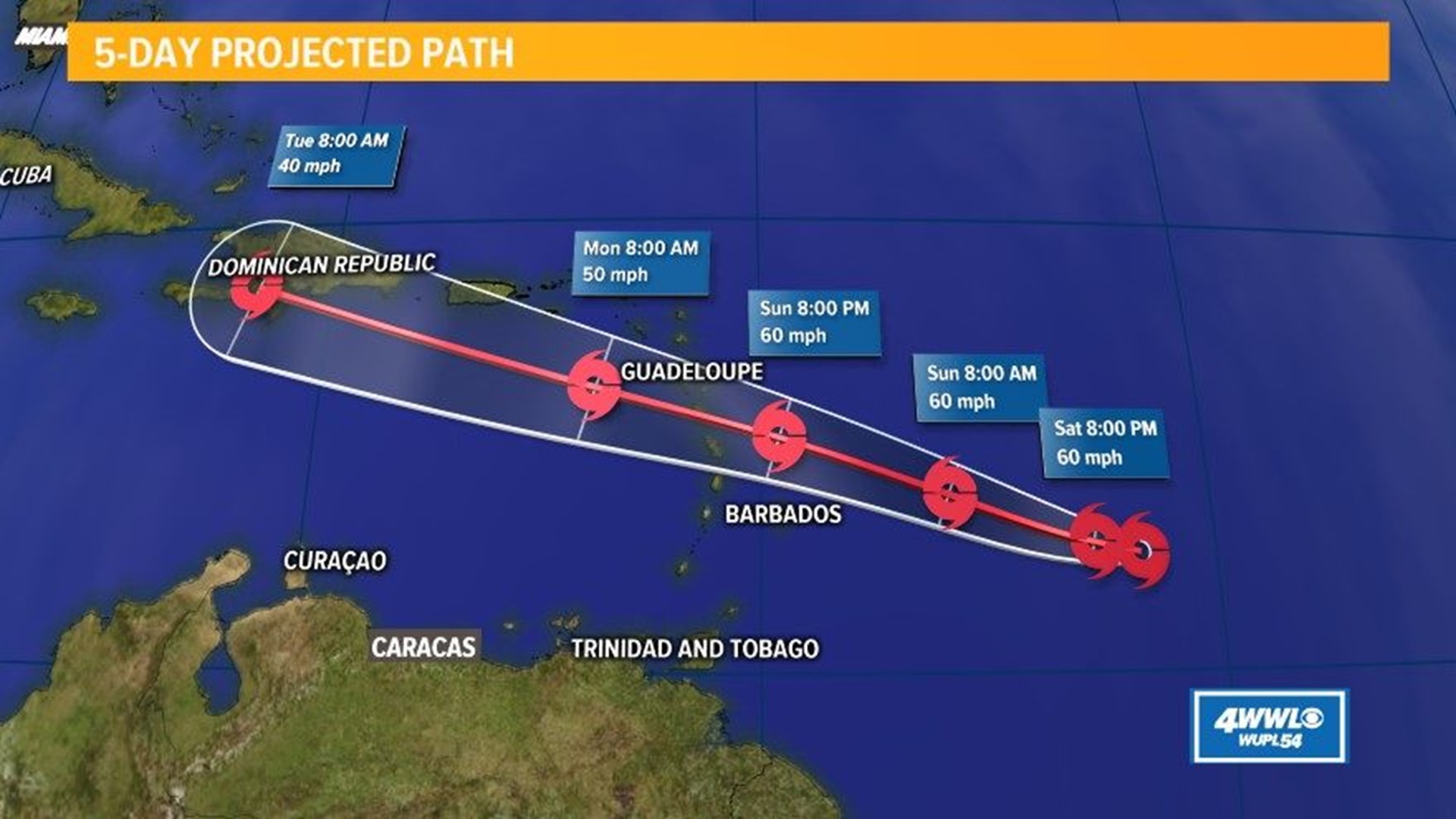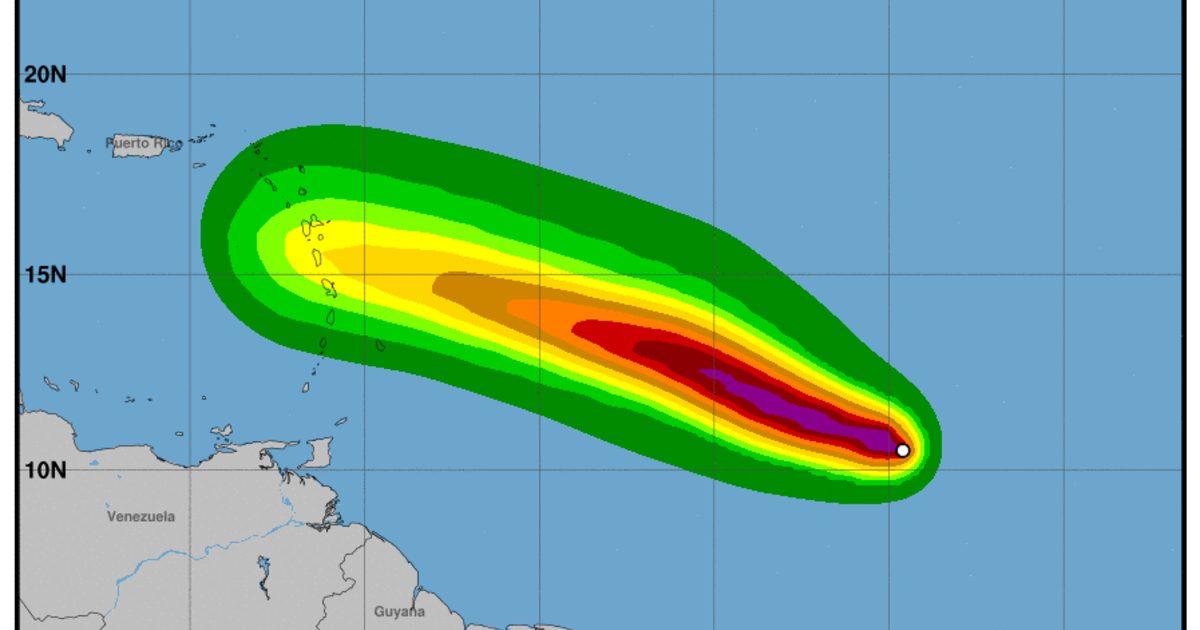Hurricane Path Beryl
Hurricane path beryl – Hurricane Beryl, an intense tropical cyclone that made landfall in the southeastern United States in 2018, left an unforgettable mark on history. With its destructive force and unpredictable path, Beryl serves as a sobering reminder of the power of nature and the importance of preparedness.
Hurricane Beryl’s path has been unpredictable, much like the journey of those who dare to chase their dreams. Jared McCain , a young entrepreneur, embodies this spirit, navigating the storms of business with unwavering determination. His story inspires us to embrace the unknown, for even amidst the most turbulent times, the path forward can lead to extraordinary destinations.
Historical Significance
Hurricane Beryl was the first major hurricane to strike the United States since Hurricane Matthew in 2016. Its impact was particularly significant due to its unexpected trajectory, which took it from a weak tropical storm to a Category 3 hurricane in a matter of days.
Path and Impact
Beryl originated as a tropical depression near the Bahamas on July 5, 2018. As it moved northwestward, it rapidly intensified into a hurricane, making landfall on July 8 near Jacksonville, Florida. Beryl brought heavy rainfall, flooding, and wind damage to the southeastern United States, particularly in Florida, Georgia, and South Carolina.
Influencing Factors
Several factors contributed to Hurricane Beryl’s unusual path and rapid intensification. These included:
- Warm ocean waters: The warm waters of the Gulf of Mexico provided fuel for Beryl’s development.
- Favorable wind patterns: Strong upper-level winds steered Beryl northwestward, allowing it to gain strength.
- Lack of wind shear: Wind shear, which can disrupt hurricane formation, was minimal in the area where Beryl developed.
Hurricane Forecasting and Beryl

Predicting the path of a hurricane is a complex and challenging task. Forecasters use a variety of methods to predict the path of a hurricane, including:
- Observing the current position and movement of the hurricane.
- Analyzing the atmospheric conditions around the hurricane.
- Using computer models to simulate the hurricane’s movement.
The accuracy of hurricane forecasts has improved significantly in recent years. However, there are still challenges in forecasting hurricane paths, including:
- The chaotic nature of the atmosphere.
- The difficulty in observing the hurricane’s inner core.
- The limited amount of data available about hurricanes.
Despite these challenges, hurricane forecasts have become increasingly accurate over time. This has helped to save lives and property by giving people time to prepare for hurricanes.
Challenges in Forecasting Hurricane Paths
There are a number of challenges involved in forecasting hurricane paths. These challenges include:
- The chaotic nature of the atmosphere. The atmosphere is a complex and chaotic system. This makes it difficult to predict the exact path of a hurricane.
- The difficulty in observing the hurricane’s inner core. The inner core of a hurricane is where the most intense winds and rain are located. However, it is often difficult to observe the inner core of a hurricane because it is surrounded by clouds and rain.
- The limited amount of data available about hurricanes. Hurricanes are relatively rare events. This means that there is a limited amount of data available about hurricanes. This data can make it difficult to develop accurate forecasting models.
Despite these challenges, hurricane forecasts have become increasingly accurate over time. This is due to a number of factors, including:
- Advances in computer technology. Computer technology has made it possible to develop more sophisticated hurricane forecasting models.
- Increased observations of hurricanes. Satellites and other instruments have made it possible to observe hurricanes more closely.
- Improved understanding of hurricanes. Scientists have gained a better understanding of the factors that influence hurricane formation and movement.
As a result of these advances, hurricane forecasts are now more accurate than ever before. This has helped to save lives and property by giving people time to prepare for hurricanes.
Impact of Hurricane Beryl
Hurricane Beryl, a Category 3 storm, made landfall in Florida, leaving a trail of destruction in its wake. The storm’s powerful winds and torrential rains caused widespread damage to homes, businesses, and infrastructure, leaving many without power and shelter.
Economic Consequences
The economic impact of Hurricane Beryl is significant. The storm caused billions of dollars in damage to property and infrastructure, disrupting businesses and livelihoods. The tourism industry, a major economic driver in Florida, was particularly hard-hit, as many hotels and attractions were forced to close due to the storm.
As Hurricane Beryl swirled through the Atlantic, its path remained uncertain. The latest updates from Woj Twitter provided invaluable insights, guiding coastal communities and forecasters alike. Beryl’s unpredictable trajectory held both anticipation and concern, reminding us of the ever-changing nature of our planet.
Environmental Consequences
Hurricane Beryl also had a significant impact on the environment. The storm’s strong winds and heavy rains caused widespread erosion of beaches and dunes, damaging coastal ecosystems. The storm also caused flooding in low-lying areas, leading to the contamination of water sources and the loss of wildlife habitat.
Response and Recovery Efforts, Hurricane path beryl
In the aftermath of Hurricane Beryl, local, state, and federal agencies worked together to provide assistance to those affected by the storm. Emergency responders provided search and rescue operations, while utility crews worked to restore power and water to affected areas. The Federal Emergency Management Agency (FEMA) provided financial assistance to individuals and families who suffered damage to their homes or businesses.
Hurricane Preparedness and Beryl

The devastating impact of Hurricane Beryl underscores the crucial importance of comprehensive hurricane preparedness. Lessons learned from this storm provide valuable insights for enhancing our readiness and mitigating future risks.
Technology in Hurricane Preparedness
Technology plays a pivotal role in modern hurricane preparedness. Real-time weather tracking apps and websites provide up-to-date information on storm paths and intensities, enabling individuals to make informed decisions about evacuation and safety measures. Social media platforms facilitate communication and information sharing among affected communities, fostering a sense of unity and support.
Essential Hurricane Preparedness Kit
Assembling a comprehensive hurricane preparedness kit is essential for ensuring the well-being of individuals and families during a storm. The following table Artikels the essential items to include:
| Category | Essential Items |
|---|---|
| Food and Water | Non-perishable food items, bottled water, and a manual can opener |
| First Aid and Hygiene | First aid kit, bandages, antiseptic wipes, soap, and toilet paper |
| Shelter and Comfort | Tent or tarp, sleeping bags, blankets, and a battery-powered radio |
| Tools and Supplies | Flashlights, extra batteries, multi-tool, whistle, and duct tape |
| Important Documents | Copies of passports, insurance policies, and medical records |
| Other | Cash, pet supplies (if applicable), and a whistle |
Climate Change and Hurricane Beryl: Hurricane Path Beryl

The potential role of climate change in the formation and intensity of Hurricane Beryl is a complex and multifaceted issue. While it is difficult to say definitively whether climate change caused or exacerbated Hurricane Beryl, there is evidence to suggest that it may have played a role.
One of the most significant ways that climate change can affect hurricanes is by increasing the temperature of the ocean. Warmer ocean temperatures provide more energy for hurricanes to feed on, which can lead to stronger and more destructive storms. In the case of Hurricane Beryl, the ocean temperatures in the Atlantic Ocean were well above average, which may have contributed to the storm’s intensity.
Another way that climate change can affect hurricanes is by altering wind patterns. As the Earth’s climate changes, the jet stream and other wind patterns are shifting. These changes can lead to more favorable conditions for hurricanes to form and intensify. In the case of Hurricane Beryl, the jet stream was positioned in a way that allowed the storm to track towards the United States, which increased the risk of landfall.
The implications of climate change for future hurricane activity are significant. As the Earth’s climate continues to change, we can expect to see more frequent and more intense hurricanes. These storms will pose a greater risk to coastal communities and will require us to take steps to adapt to their impacts.
Characteristics of Hurricanes in the Past and Present
The characteristics of hurricanes have changed over time, and these changes are likely due in part to climate change. Some of the most notable changes include:
| Characteristic | Past | Present |
|---|---|---|
| Frequency | Less frequent | More frequent |
| Intensity | Weaker | Stronger |
| Duration | Shorter | Longer |
| Size | Smaller | Larger |
These changes are concerning, as they indicate that hurricanes are becoming more dangerous and more difficult to predict. We need to take steps to reduce our greenhouse gas emissions and mitigate the effects of climate change in order to reduce the risks posed by these storms.
